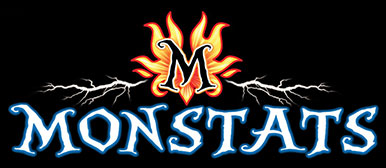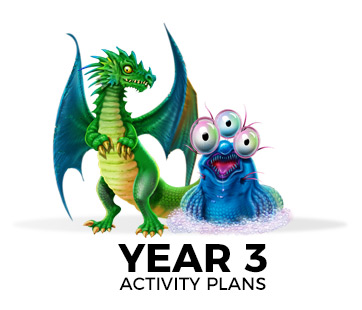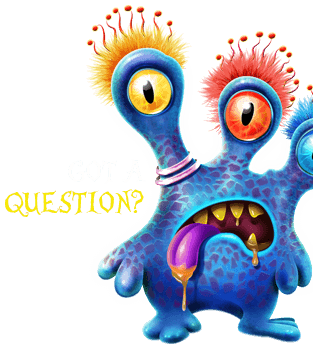

Lower Key Stage 2
Purchase of one or more packs of cards enables member access to Activity Plans and resources for Years 1 to 6.
Below is a list of indicative statements from the Lower KS 2 Mathematics Programme of Study, covered by the Activity Plans and additional resources.
Year 3 Activity Plans
Number - Fractions
- recognise, find and write fractions of a discrete set of objects: unit fractions and non-unit fractions with small denominators
- recognise and show, using diagrams, equivalent fractions with small denominators
- add and subtract fractions with the same denominator within one whole [for example, 5/7 + 1/7 = 6/7 ]
- compare and order unit fractions, and fractions with the same denominators
Geometry
- recognise angles as a property of shape or a description of a turn
- identify right angles, recognise that two right angles make a half-turn, three make three quarters of a turn and four a complete turn; identify whether angles are greater than or less than a right angle
Statistics
- interpret and present data using bar charts, pictograms and tables
- solve one-step and two-step questions [for example, ‘How many more?' and ‘How many fewer?'] using information presented in scaled bar charts and pictograms and tables.

Year 4 Activity Plans
Number – Fractions
- recognise and show, using diagrams, families of common equivalent fractions
- solve problems involving increasingly harder fractions to calculate quantities, and fractions to divide quantities, including non-unit fractions where the answer is a whole number
- add and subtract fractions with the same denominator
Geometry
- order and arrange combinations of mathematical objects in patterns and sequences
- describe positions on a 2-D grid as coordinates in the first quadrant
- describe movements between positions as translations of a given unit to the left/right and up/down
- plot specified points and draw sides to complete a given polygon.
Statistics
- interpret and present discrete and continuous data using appropriate graphical methods, including bar charts and time graphs.
- solve comparison, sum and difference problems using information presented in bar charts, pictograms, tables and other graphs.
Lower KS2: Opportunities for cross curricular learning:
Science
- recognise that living things can be grouped in a variety of ways
- explore and use classification keys to help group, identify and name a variety of living things in their local and wider environment
- gathering, recording, classifying and presenting data in a variety of ways to help in answering questions
- recording findings using simple scientific language, drawings, labelled diagrams, keys, bar charts, and tables
- reporting on findings from enquiries, including oral and written explanations, displays or presentations of results and conclusions
English
The use of Monstats Fact Files and Monstats cards can spark children's imagination and support the development of composition and writing within the following UK National Curriculum statements:
- preparing poems and play scripts to read aloud and to perform, showing understanding through intonation, tone, volume and action
- Exploring myths and legends
Plan their writing by:
- discussing writing similar to that which they are planning to write in order to understand and learn from its structure, vocabulary and grammar
- discussing and recording ideas
Draft and write by:
- composing and rehearsing sentences orally (including dialogue), progressively building a varied and rich vocabulary and an increasing range of sentence structures
- organising paragraphs around a theme
- in narratives, creating settings, characters and plot
- in non-narrative material, using simple organisational devices [for example, headings and sub-headings]
Evaluate and edit by:
- assessing the effectiveness of their own and others' writing and suggesting improvements
- proposing changes to grammar and vocabulary to improve consistency, including the accurate use of pronouns in sentences
- proof-read for spelling and punctuation errors
- read aloud their own writing, to a group or the whole class, using appropriate intonation and controlling the tone and volume so that the meaning is clear.

Have a Question?
Ask us about KS2 activities